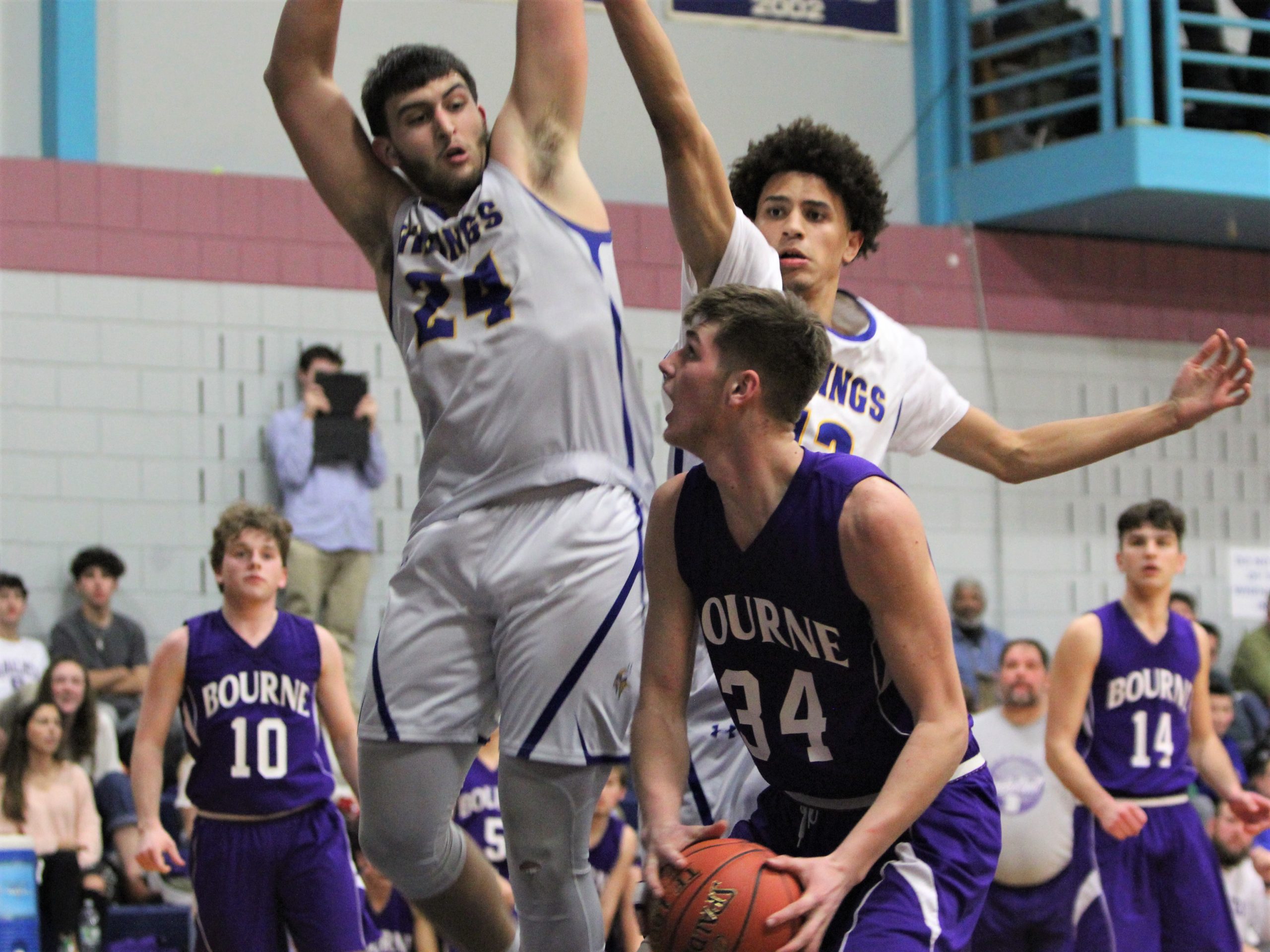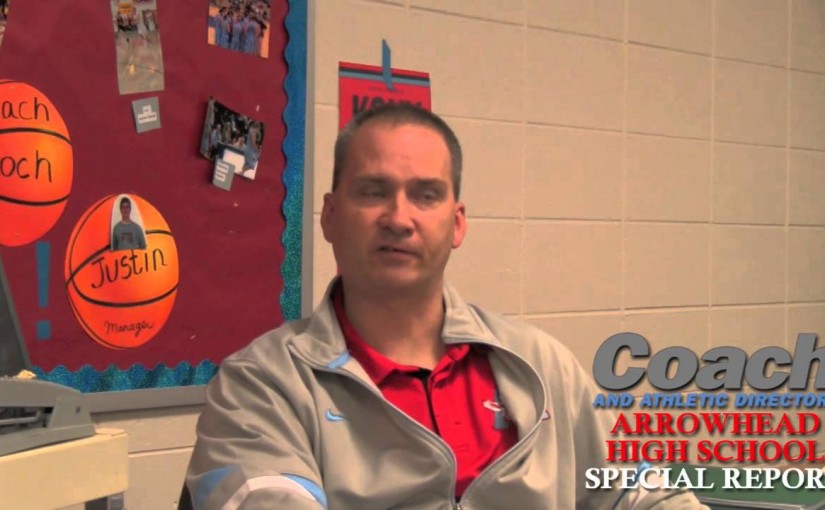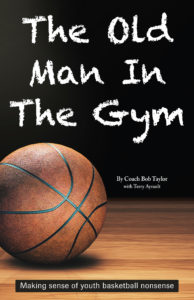An Ode to Old School Basketball
Having had the pleasure of coaching basketball since 1970 at all levels, junior high school, high school, minor league, Internationally, and 21 years in the NBA as a player personnel director and assistant coach. It’s been interesting to observe how the game has evolved into the present-day game, particularly from a coach-player perspective.
I’m retired from coaching but doing shooting clinics for high school teams and coaches clinics for USA Basketball, high school coaches associations, and overseas. Players and young coaches will use the term “old school basketball.”
I asked myself what’s “old school basketball?”Having the wonderful opportunity as a player personnel director for the Cleveland Cavaliers and the Los Angeles Clippers, I was able to observe some of our greatest coaches’ practices like Dean Smith, Mike Krzyzewski, Jim Boeheim, John Thompson, Rick Pitino, John Calipari, Bobby Knight, Louie Carnesecca, Jim Calhoun, Jim Valvano, Jud Heathcote, Ralph Miller, Jerry Tarkanian, Lute Olsen, Lon Kruger, Bob Huggins, Stu Morrill, Larry Brown, Denny Crum, and high school great Morgan Wootten and many more.

What did they have in common? The ability to communicate, teach fundamentals, and discipline. When a beginning coach asks me how to learn to coach I tell them to go get a junior high or high school job. Of the 20 winningest men’s coaches in NCAA history, from Coach K at 1,157 to Phog Allen at 719, 16 of the 20 coaches started on the high school level. In order to be successful at the high school level, a coach must be able to teach how to shoot, footwork, passing, dribbling, rebounding, and what I term thinking the game.
Adolph Rupp, University of Kentucky coaching legend and so-called “old school coach” was once interviewed and said, “I teach [the] fundamentals of offense, defense, and discipline.” Looking back on some of the most successful coaches in the history of basketball, teams such as the Boston Celtics coached by Red Auerbach had only eight plays on offense. From the basic eight, he taught options of those plays depending on how the defense played them. Along with great defense, it resulted in multiple NBA Championships.
The Chicago Bulls ran the triangle offense taught by Tex Winter, another so-called “old school coach” winning 6 NBA titles. John Wooden dominated college basketball with his teams executing the UCLA high post offense with unselfishness and perfection along with solid defense resulting in 10 NCAA Championships. Morgan Wootten at DeMatha High School (MD) won more than 1200 games. He taught the “blitz defense” and stressed the fundamentals of basketball where every player that went to DeMatha received a scholarship.
What did all these old school coaches have in common?
They taught FUNDAMENTALS, pivots, jump stops, how to pass and catch, playing unselfish and passing to the open man, box-outs and outlets on the break, filling the wings, and PASSING the ball up the floor. They taught dribbling but with a purpose, not catching the ball and immediately putting it on the floor, reading the defense and taking good shots, and being patient and making the opposing team play defense with more than one or two passes, post-ups, playing team defense, deflections, picking up loose balls, rebounding, and promoting a culture of ‘we over me’.
Wooden, in his book “Personal Best”, said, “little things make big things happen.” Glenn Curtis, Wooden’s high school coach, taught disassembling the game of basketball into small parts and perfecting those parts.
That thought increasingly became a fetish with me. I saw the identification and perfection of relevant details — fundamentals that Coach Curtis and Coach Lambert, Wooden’s college coach, practiced but others neglected or thought were foolish — were major factors in outscoring other teams. I grew to love seeing little things done well, and I believe the greatest factor to our success.
Since retiring from full-time coaching, I have done a lot of shooting clinics for high school teams. I start out with discussing coachability, roles, attitude, practice habits, goals, and parental influence. In particular, parents that complain about the son or daughter not playing enough.
Usually, the case is the son or daughter is not good enough skill-wise or has a poor attitude. Old school attitude meant you worked at developing your skills so the coach played you and you worked yourself into the rotation. You cared about the team, not yourself. Now players have an attitude of entitlement and there is no pecking order.
Then I go into footwork. It amazes me how many high school players cannot execute a jump stop or forward or reverse pivot properly. The footwork is the basis of being able to play the game. The great players, Oscar Robertson, Jerry West, Elgin Baylor, Magic Johnson, Adrian Dantley, Kobe Bryant, Michael Jordan, Larry Bird, Lebron James, and many others “old school players” had great footwork. It’s the little thing that Coach Wooden discussed that turned into big things, such as eliminating traveling, setting screens and rolling properly, using screens, boxing out, shooting on balance or making moves to the basket, making accurate passes, dribbling with a purpose, sliding on defense, playing without reaching and making dumb fouls or contesting shots. Every topic mentioned is part of the fundamentals of the game.
Michael Jordan once stated that “the minute you get away from fundamentals — whether it’s proper technique, work ethic, or mental preparation — the bottom can fall out of your game, your school, your job, or whatever you’re doing.”
» ALSO SEE: Lessons Learned from the MJ Doc, ‘The Last Dance’
In conclusion, I am very concerned about what basketball has evolved into. I walk into a gym and players are shooting mostly three-point shots. George Raveling, former head college coach, and Nike Executive termed it ‘Burping it Up’. I don’t have a problem with players shooting a 3-pointer as long as they can shoot with a decent percentage. There is only one Stephen Curry and he is the exception, not the rule. I don’t see many players shooting mid-range shots. Kevin Durrant led the NBA in shooting percentage from 12-17 feet. I also see the lack of ability to use their left hand around the basket. They can’t execute the “Mikan Drill.” But I do see lots of dribbling and wasted motion. There is poor passing and more thinking shot first and pass second, take the scoring point guard, for example.
Old school point guards were facilitators and not terminators. A lot of today’s games look like playground games — no passing, just dribble up and shoot the ball. Players only want to play games versus practice their skills and are guaranteed so many games win or lose. What does that teach? Parents spend lots of money to make sure their son or daughter travel to games in the summer to be seen. I tell the parents if their child can play the colleges will find them.

The reality is there are approximately 550,000 boys and 400,000 girls playing high school basketball. Three percent go on to receive college scholarships. A parent’s influence on high school coaches when their child is not playing is a big problem. In the clinics, I ask the players if the coach will go to your parent’s job and tell them how to do things. Then I ask why should they do it to the coach.? If you’re good enough to play, you will and, if not, make yourself good enough or figure out your role on the team.
In college, one-and-done has totally changed college basketball and now the NCAA is considering transferring and not having to sit out for a year. In talking to Johnny Davis, former NBA player and coach, and now chairman of the NBA Retired Players Association, there is a big problem with retired players, especially the players that came out early because they are not equipped to deal with real-life and jobs after basketball. I always felt that basketball on any level was a way to teach players about life and get them ready for the real world. It’s obvious that when you’re a senior, you’re a different person than when you were a freshman. It’s McDonald’s basketball, I want it right now.
More than 1,000 players transferred schools last year. My question is what happens when they have families and don’t like their job or their boss, are they going to just leave? Back in the “old school” days, there was a pecking order and you worked hard and waited your turn and usually got to play. Now it’s about instant gratification, many coaches complain of entitled attitudes, and if the player doesn’t like it they leave not only in college but high school as well. What life skills are we teaching?
I love basketball and fell in love with the game when my father took me to see the Celtics and Bullets play at Cole Field House when I was 10 years old. The game teaches you a lot about life and yourself. I hope we can get back to “old school basketball.”
Coach Barry Hecker has coached basketball since 1971. He’s spent 21 years in the NBA, along with coaching at the overseas level, professional, minor league, collegiate, and high school ranks.








